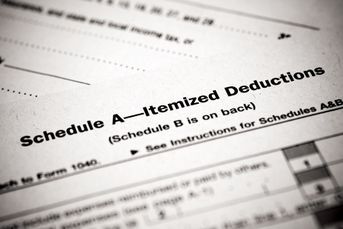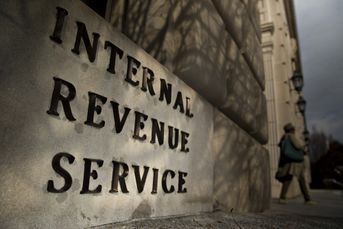Kiddie tax rules can catch both advisers and investors by surprise
The point of the kiddie tax is to avoid parents transferring income to their children and reducing their total tax cost.
When your clients hear the term “kiddie tax,” they might think of an introduction to personal finance class at their children’s elementary school. But as many of us have learned, it’s actually an all-too-real tax on a child’s investment and other unearned income that perpetually frustrates investors and advisers alike.
Prior to the kiddie tax, wealthy investors might have hoped to reduce the tax on investment income by moving assets into their child’s name. This was especially true with capital gains. Before selling an investment, parents would transfer that asset to their child, hoping to get the benefit of their lower tax bracket. The laws were changed in 1986, making most unearned income received by a child taxable as if it were the parent’s income. In 2007, the rule was expanded to include any child under the age of 18, or under age 24 if they’re a full-time student.
(More: Changing state residency: Tax planning headaches and opportunities)
As with any tax law, the details of this rule make all the difference, so it’s important to have a good handle on what they might mean for your clients.
INCOME SUBJECT TO THE TAX
Advisers often associate the kiddie tax with just income from the portfolio. However, the tax actually applies to any income that isn’t considered “earned,” meaning only things like wages, tips, etc. are exempt. Not only do interest, dividends and capital gains meet the definition of unearned income, so do Social Security, income from a trust and even payments from an inherited IRA.
Fortunately, children are allowed an exemption of $1,050, plus another $1,050 that is taxed at their own tax rate. Both of these amounts are subject to inflation adjustments. In general then, any unearned income over $2,100 is what’s subject to the kiddie tax.
TAX CALCULATION
As for how the tax is calculated, that’s another layer of complexity. It’s not as simple as just applying the parent’s tax bracket to the child’s income. Instead, the total unearned income over $2,100 is added to the parent’s other income, and their total tax is recalculated. The increase in the total tax is then attributed to the child’s income and is payable by them.
What about when a child has both ordinary income, such as interest, and a long-term capital gain? It would be nice to have the interest income taxed to the child, who has the lower ordinary tax rate, and leave the long-term gain to the parents. However, the $2,100 that is exempt from the kiddie tax must be prorated across all income. In other words, you can’t have the tax-inefficient income taxed at the child’s rate and assign the remaining income to the parents.
(More: Postponing tax is a lofty goal)
All of this is calculated as part of the child’s tax return on Form 8615. In some cases, the income can be reported as part of the parent’s tax return, using Form 8814, but that can lead to a higher tax cost than filing for the child on their own.
FINAL POINTS
If a child has a net capital loss on the year, they can use up to $3,000 to offset their other income like any other taxpayer. If, however, they don’t have any other income to offset, the entire loss can be carried forward to the following tax year. And no, that loss can’t be used by the parents to offset their own gains.
The point of the kiddie tax is to avoid parents transferring income to their children and reducing their total tax cost, and it’s very effective at doing that. After the $2,100 of income that is exempt or taxed to the child, all the remaining income is still taxed to the parent. As a result, advisers should be aware that income-oriented portfolios can be just as tax inefficient for kids as they are for their parents.
(More: Time to remind clients about taxes)
Tim Steffen is director of advanced planning at Baird. Follow him on Twitter @TimSteffenCPA.
Learn more about reprints and licensing for this article.








